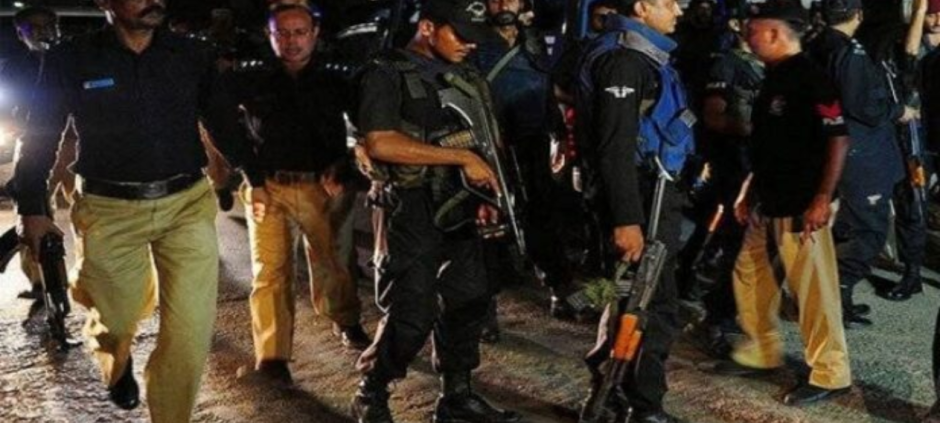Pakistan experienced a notable 32% decline in overall violence during the second quarter of 2025, signaling improvements in national security, according to a report released by the Center for Research and Security Studies (CRSS). The report credits enhanced counter-terrorism operations for the downward trend but also raises red flags about the expansion of militancy into previously stable regions.
Fatalities linked to violence dropped from 900 in Q1 to 615 in Q2, with the number of violent incidents standing at 273 and total injuries recorded at 388. The majority of fatalities were attributed to terrorist attacks and military operations, with the report emphasizing the growing effectiveness of state forces—55% of deaths in Q2 were among militants and outlaws, a significant rise from the 35% recorded in previous years.
Also Read: Pakistan Clinch Historic Silver at 2025 Asian Doubles Squash Championship
Khyber-Pakhtunkhwa and Balochistan continued to endure the highest levels of violence but also saw marked reductions. K-P reported a 32% fall in fatalities, largely due to successful military action against the Tehrik-i-Taliban Pakistan (TTP). In Balochistan, deaths decreased by 40%, though the province remains a hotspot for separatist violence and targeted attacks on security forces.
Despite these improvements, over 94% of all fatalities in Q2 still occurred in K-P and Balochistan. The report also highlighted a worrying trend: the spread of violence into traditionally peaceful areas. Punjab witnessed a 162% surge in fatalities, and Azad Jammu & Kashmir, previously untouched by such violence this year, recorded six deaths in Q2—both considered signs of a shifting security landscape.
Civilians remain the most affected, with 249 injuries reported among non-combatants, compared to 120 among security personnel. The report warns that militant groups increasingly target civilians to disrupt public life and sow fear, rather than focusing solely on military or government installations.











